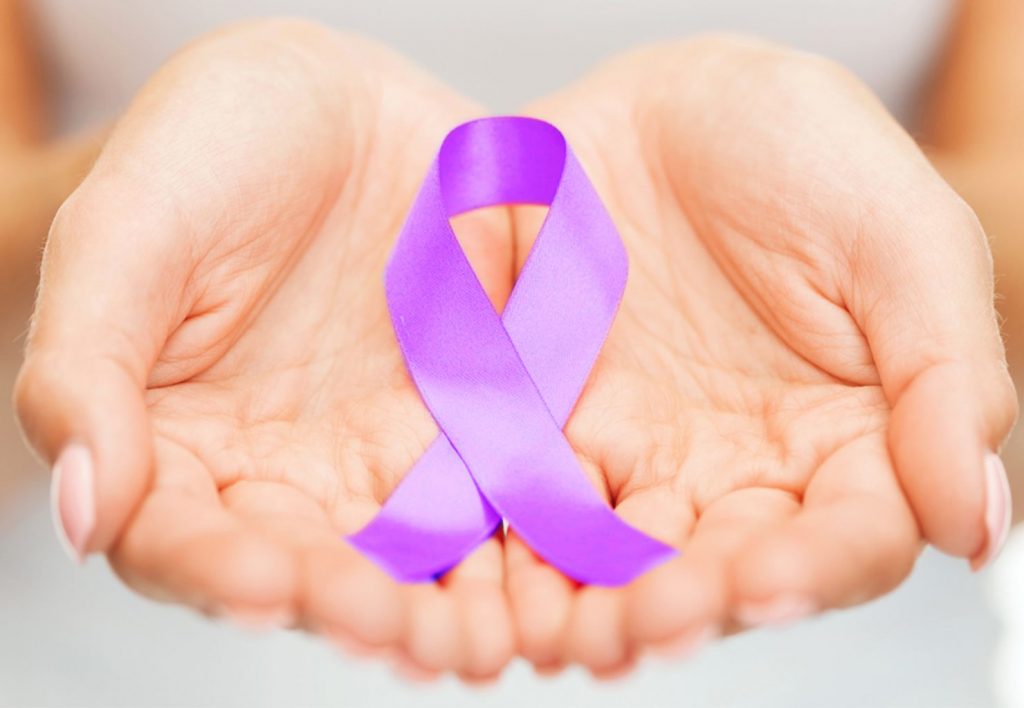Cancer
The C word scares us away to ignorance but it is important to know about it to prevent it. Cancer is the second most common cause of death after Heart Attack in India.
CANCER is the result of uncontrolled growth of cells (both in number and or size) in the body. Whenever there is uncontrolled growth of cells, this causes tumours and invasion into adjacent tissue and organs causing damage.
A Cancer can arise from anywhere in the body. It can start from the skin or from the cells of any organ in the body; All cells in our body are cancer prone, some more than others.
Tumours, Lumps, masses or growths which are not cancerous are Benign & those which are cancerous are called Malignant.
Cancer classification:
There are five broad groups that used to classify cancer.
- Carcinomas are characterized by cells that cover internal and external parts of the body such as lung, breast, and colon cancer.
- Sarcomas are characterized by cells that are located in bone, cartilage, fat, connective tissue, muscle, and other supportive tissues.
- Lymphomas are cancers that begin in the lymph nodes and immune system tissues.
- Leukaemia are cancers that begin in the bone marrow and often accumulate in the blood stream.
- Adenomas are cancers that arise in the thyroid, the pituitary gland, the adrenal gland, and other glandular tissues.
Most Common Cancers are:-
- Breast Cancer and cancer of Cervix in females.
- Lung, Prostate (males), gallbladder and pancreatic cancer.
Most common predisposing factors for cancer are – ageing, tobacco consumption, sun exposure, exposure to radiations, chemicals, some viruses, etc. Alcohol, poor diet, obesity, family history of cancer. The causes of cancer can be internal in our body (genes, mutation, hormones, poor immunity) or external (food habits), pollution. Many times the cause remains unknown.
How is cancer staged?
Every cancer is staged according to the extent of its spread. The staging is done clinically along with certain investigations.
The various stages of cancers:
- Stage I – within the organ.
- Stage II – spread to the neighbouring organs of tissues.
- Stage III – spread to the abdomen or lymph nodes.
- Stage IV – spread to distant organs like the liver or lungs.
Prevention of CANCER
- The cancer can develop in both young and old Colon cancer is more common in people older than 50 years, whereas prostate cancer is found in those older than 65 years.
- Lifestyle changes help to prevent many cancers. Use of tobacco is associated with cancer of lung, mouth, bladder and kidney. Stop smoking; reduce alcohol intake, regular exercise and good balanced diet helps in cutting the risk. If there is family history, then one needs to be more vigilant about cancer. Breast cancer can also occur in men.
- Self- examination helps in early diagnosis. Breast and testicular cancer and Lymphomas can be diagnosed early if the person is alert and self aware.
- Prostate-specific antigen (PSA) estimation is a useful test in males for prostate cancer, whereas in patients who have intestinal polyp –stool examination for occult blood, sigmoidoscopy /colonoscopy helps in early diagnosis.
- Warning signs are persistent fatigue, unexplained fever, weight loss, change in bowel habit and chronic cough.
- Timely and preventive health checkups and tests to find any pre cancerous conditions and preventing it from changing into full blown cancers.
- Keeping an eye in case of positive family history of cancer self awareness regarding our own body changes.
- Vitamin D levels should be maintained optimally, helps in keeping away from cancers and has good cancer fighting properties.
| Role of Diet in Preventing Cancers |
| Antioxidant Sources |
| Vitamin A Dairy products, egg yolk, fruits such as apricots, peaches, mangoes,
papayas, green Leafy vegetables such as spinach, curry leaves, coriander leaves, amaranth, carrots, yellow pumpkin Vitamin C Gooseberries, kiwi fruits, oranges, tomatoes, strawberries, blueberries, Guavas, red and green peppers, cabbages, grape fruits, lemons Beta-Carotene Mangoes, papayas, apricots, peaches, carrots broccoli, green leafy Vegetables tomatoes Vitamin E Almonds, peanuts, sunflower seeds, nuts- and seeds-derived oils, vegetable oils, fish liver oils Selenium Brazil nuts, shell fish oils, wheat germs, cashews, chicken, whole grains, Hazelnuts. Fibre Cruciferous vegetables, cabbages, cauliflowers, broccoli, turnips, Brussels sprouts, whole grain cereals, whole pulses, fruits like apple with skin, pomegranates oranges and green leafy vegetables. Phytochemicals Broccoli, raspberries, blueberries, soy nuts, tomatoes, celery, olives, garlic, green tea, soybeans, peas, spinach, turnips. |
| Treatments for cancer
The word ‘cancer’ does not mean death; with modern treatment most patients lead normal life. Thus, cancer is not fatal and many patients lead normal life despite having cancer. Thinking positive also helps to combat cancer. Being optimistic, joining cancer groups and social groups improve quality of life of the suffering patient. Tender Love and Care goes a long way in physical and emotional healing.
1) Surgery – Most preferred and required part of treatment. 2) Radiation – Radiotherapy uses ionizing radiation to kill cancer cells. It is painless and curative in many cancers. It can be used with or after or during chemotherapy. It is generally well tolerated. Nausea, vomiting, soreness in mouth, neck; Stomach and intestinal discomfort are acute side effects, where a long-term fibrosis, scarring and lymphoedema can develop. 3) Chemotherapy – Chemotherapy and radiotherapy are safe options for treatment. The effects and side effects of drugs should be discussed at planning stage so that anxiety/depression and premature stopping of treatment should be avoided. 4) Immunotherapy 5) Hormone therapy 6) Gene therapy 7) Stem cell therapy – Stem cells are biologically active cells which can divide and can be used in treating cancer. These have been used in blood cancers. More research is going on regarding their use in other cancers.
|
Few Important steps to be taken for prevention of some common cancers:-
Anti HPV vaccine in females preferably between 9-26-years of age to prevent cancer of cervix.
Monitoring of PSA (Prostate Specific Antigen) via blood test in males above 50 years of age.
Tumour marker tests in people with family history of cancers.
Breast Ultrasound and or mammography in females above 40 years of age.
PAP smear test to detect cervical cancer in sexually active age group of females.
Global Action Plan for the prevention and control of Non communicable Diseases 2013-2020, launched in 2013 by WHO in association with United Nations aims to reduce, by 25%, premature mortality from cancer and other non communicable diseases by 2025. Lets join hands with them for our own sake.






Leave a Reply
Want to join the discussion?Feel free to contribute!